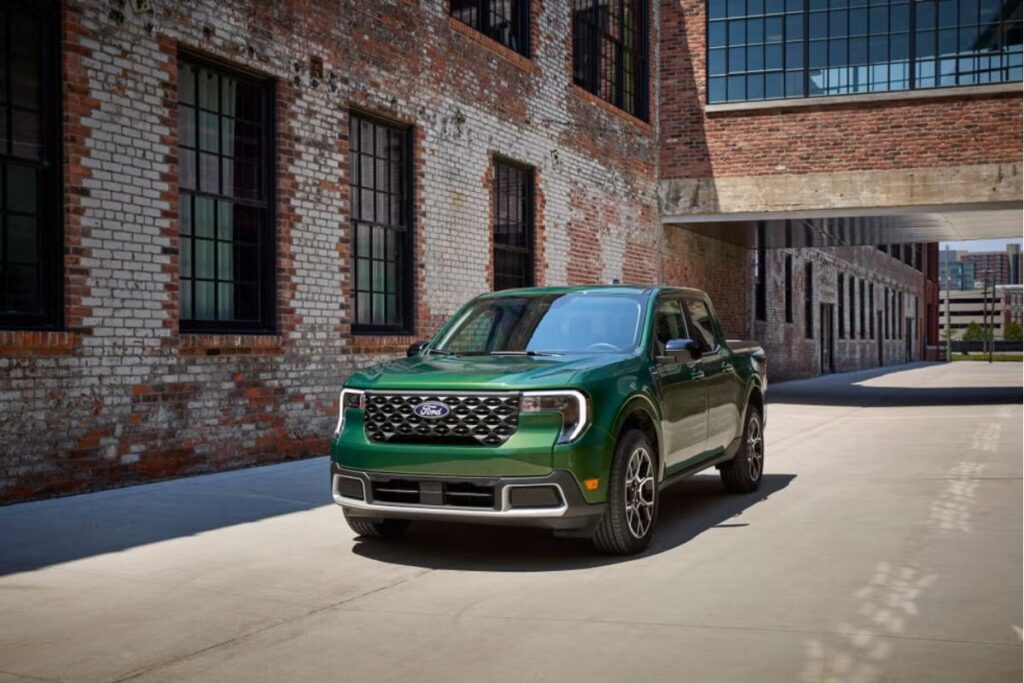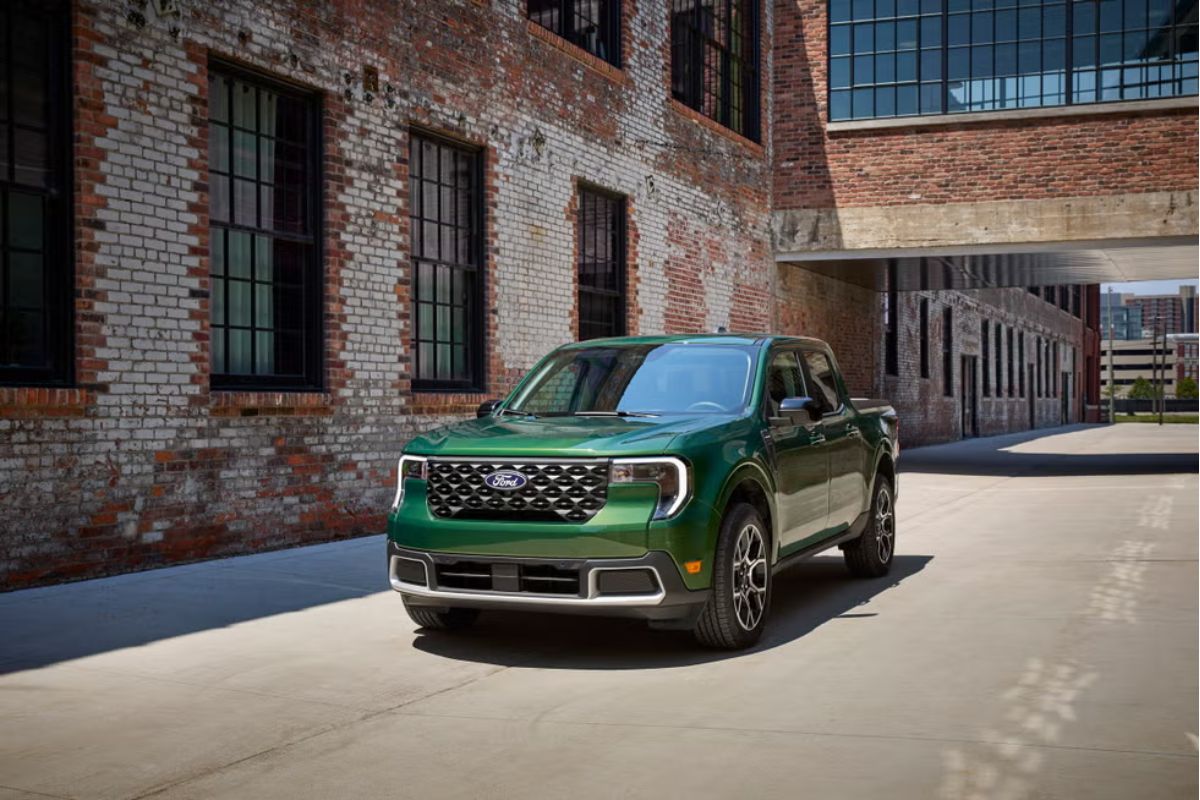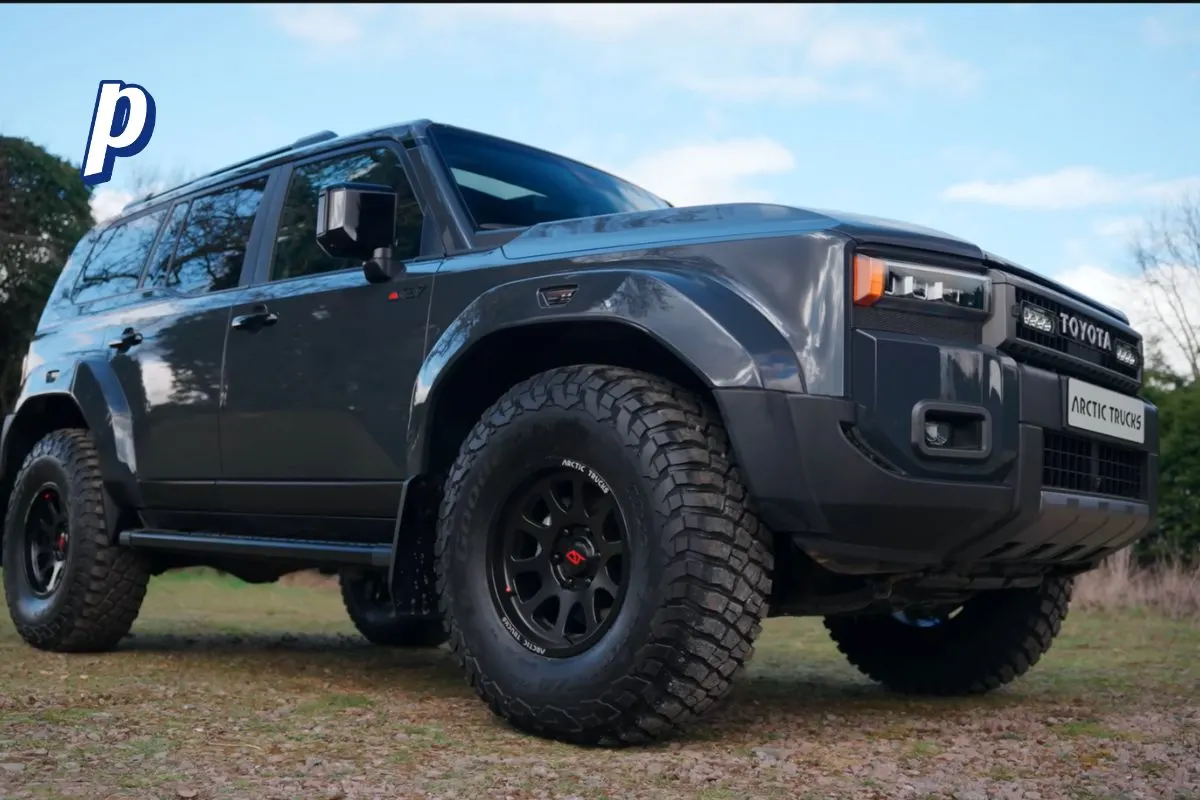Discover how the Ford Maverick has outsold popular mid-size trucks by over 20,000 units. Explore its features, advantages over competitors, and what this surge means for the automotive market.
The automotive market has witnessed a significant shift in consumer preferences, particularly in the pickup truck segment. The Ford Maverick, a compact pickup truck, has recently made headlines by outselling its mid-size competitors by a staggering 20,938 units. This article delves into the factors contributing to this impressive sales performance, compares the Maverick with its rivals, and explores what this means for the future of compact trucks.
Understanding the Sales Surge
In May 2024, the Ford Maverick achieved remarkable sales figures, moving 13,616 units, representing a 95.5% increase compared to the same month in 2023 when it sold 6,965 units. This surge is not merely a seasonal spike; it reflects a broader trend where consumers are gravitating towards more affordable and versatile vehicles as prices for mid-size and full-size pickups continue to rise.
Sales Comparison with Competitors
To understand the magnitude of the Maverick’s success, it’s essential to compare its sales with other popular mid-size trucks:
| Truck Model | May 2024 Sales | May 2023 Sales | % Change |
|---|---|---|---|
| Ford Maverick | 13,616 | 6,965 | 95.5% |
| Toyota Tacoma | 17,530 | Data Not Available | N/A |
| Chevy Colorado | 9,123 | Data Not Available | N/A |
| Ford Ranger | 4,703 | 4,002 | 17.5% |
From this table, it is evident that while the Toyota Tacoma remains the top-selling mid-size truck with 17,530 units, the Maverick’s growth rate is unparalleled. It has not only closed the gap but also surpassed several competitors in terms of percentage growth.
Why Is the Ford Maverick So Popular?

Several factors contribute to the Ford Maverick’s rising popularity:
1. Affordability
The starting price of around $30,000 makes the Maverick an attractive option for budget-conscious buyers. In contrast to its larger counterparts that often exceed $40,000 or more, this price point allows consumers to access truck functionality without breaking the bank.
2. Versatility and Features
The Maverick offers a unique blend of features that cater to various consumer needs:
- Hybrid Powertrain: The standard hybrid engine provides excellent fuel economy—an appealing feature in today’s market.
- Turbocharged Engine Option: For those seeking more power, the optional turbocharged engine delivers robust performance with 250 horsepower and 277 lb-ft of torque.
- Compact Size: Its smaller dimensions make it easier to maneuver in urban settings while still providing ample cargo space.
read more: 2025’s Cheapest Mid-Size Truck: Does It Even Cover the Basics?
3. Practicality
The Maverick is designed for everyday use:
- Payload Capacity: With a payload capacity of up to 1,500 pounds, it can handle various hauling tasks efficiently.
- Towing Capacity: The towing capability of up to 4,000 pounds makes it suitable for light-duty tasks like towing trailers or boats.
4. Rising Demand for Compact Trucks
As consumers become increasingly aware of their needs versus wants in vehicle ownership, compact trucks like the Maverick are gaining traction. Many buyers are looking for vehicles that offer utility without the bulkiness associated with traditional full-size trucks.
The Competitive Landscape
While the Ford Maverick shines brightly in sales figures, it faces stiff competition from established players like Toyota Tacoma and Chevy Colorado. Here’s how they stack up against each other:
| Feature | Ford Maverick | Toyota Tacoma | Chevy Colorado |
|---|---|---|---|
| Starting Price | ~$30,000 | ~$28,000 | ~$30,000 |
| Engine Options | Hybrid & Turbo | Gasoline V6 | Gasoline I4/V6 |
| Towing Capacity | Up to 4,000 lbs | Up to 6,800 lbs | Up to 7,700 lbs |
| Payload Capacity | Up to 1,500 lbs | Up to 1,685 lbs | Up to 1,500 lbs |
| Fuel Economy (Hybrid) | Excellent | Average | Average |
Although both the Tacoma and Colorado offer higher towing capacities and more powerful engine options for heavy-duty tasks, they also come at a higher price point and may not be as economical regarding fuel consumption compared to the hybrid variant of the Maverick.
Consumer Sentiment
The growing popularity of the Ford Maverick can also be attributed to positive consumer sentiment. Many owners have praised its practicality and efficiency while acknowledging that it meets their daily driving needs without unnecessary frills. Online forums and social media platforms are filled with testimonials highlighting satisfaction with its performance and value proposition.
Social Media Buzz
The buzz surrounding the Maverick on social media platforms has created a community of enthusiasts who share tips on customization and usage scenarios. This engagement further enhances brand loyalty and drives interest among potential buyers.
Future Prospects
Looking ahead, Ford is set to release an updated version of the Maverick for 2025. Anticipated enhancements include improved technology features and possibly expanded engine options that could further solidify its position in the market. As competition remains fierce among pickup manufacturers—especially with brands like Hyundai entering this segment—the continued innovation will be crucial for maintaining momentum.
Conclusion
The Ford Maverick’s ability to outsell popular mid-size trucks by over 20,938 units is a testament to changing consumer preferences towards affordability and practicality in vehicle ownership. Its combination of competitive pricing, versatile features, and rising demand for compact trucks positions it as a formidable player in an ever-evolving automotive landscape.
As consumers continue seeking value without sacrificing utility or performance, it will be interesting to see how competitors respond and whether they can match or counteract the Maverick’s success in future sales reports.
This comprehensive analysis not only highlights why the Ford Maverick is outperforming competitors but also provides insights into market dynamics that could shape future trends in automotive sales within this segment.










